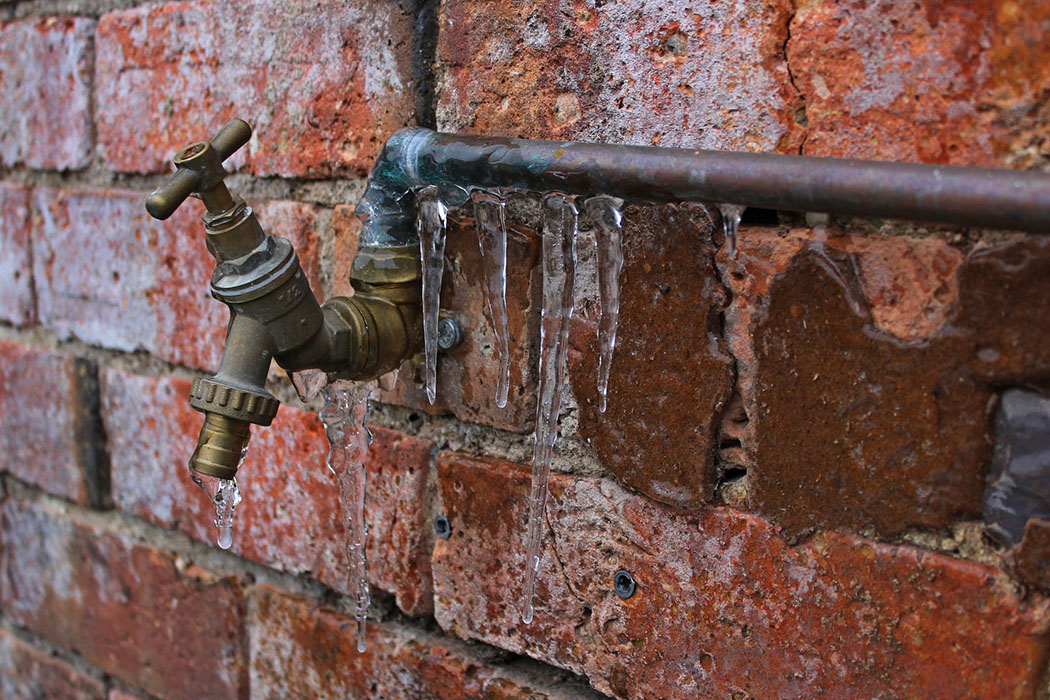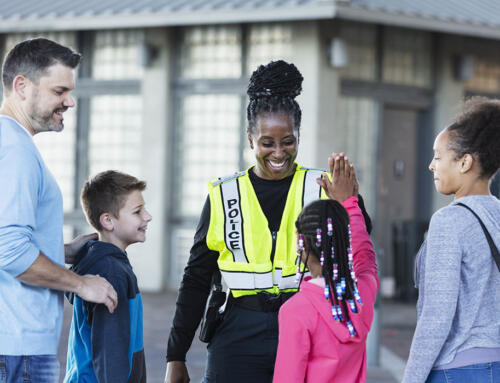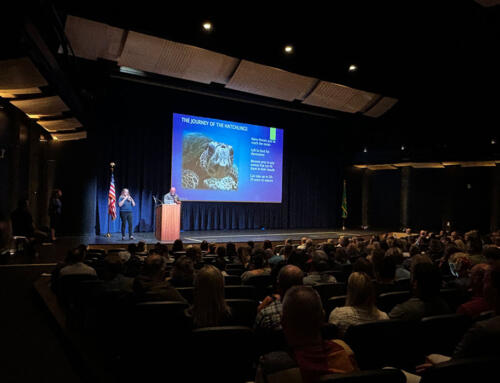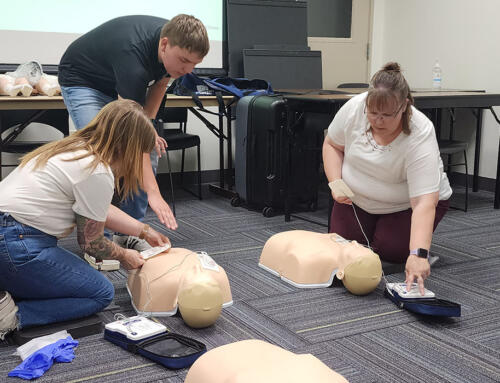Frozen pipes can occur in any region and are a potential threat to your school buildings. The costs of repairing the piping and water damage aren’t the only setbacks that your district could face – schools have had to close part of their facilities because of frozen pipes that burst. The three primary causes of frozen pipes are quick drops in temperature, poor insulation, and thermostats set too low. There are multiple actions you can take immediately to prevent the cold weather from freezing your pipes.
First, it’s important to locate the main water supply shutoff and identify it with a sign in case of an emergency. Then, conduct a visual inspection of exposed plumbing to check for drips, leaks and potential cold spots. Fix any drips, leaks or cold spots before they become a problem.
Next, address the following areas:
- Exposed Pipes – Typically pipes are susceptible to freezing when temperature fall below 20 degrees Fahrenheit. Insulating pipes in unheated and exposed areas will reduce the likelihood of a pipe bursting.
- Crawl Spaces and Attics – Sealing off these spaces will prevent the air in the space from cooling below freezing, helping to protect any pipes that may run through them.
- Outdoor Faucets – Replace standard outdoor faucets with frost-free faucets, place a foam cover (found at any home improvement or plumbing store) over the faucets, or consider allowing faucets to run at a steady drip.
Buildings:
- Shut off all water going to buildings that are not heated or occupied during winter months at the main water source. Drain all interior and exterior water lines and leave the faucets open.
- Provide adequate heating in areas susceptible to freezing. Monitor building temperature. This is especially important in unheated locations of the building. If you do not have a monitoring device, staff may walk through the building if the facility is closed for more than 12 hours (e.g. long weekends). Thermometers can be placed throughout the facility to help staff check that the temperature is above 40°.
- Cracks or holes in outside walls and foundations near water pipes should be sealed with caulking to keep cold air away from vulnerable pipes.
- If automatic sprinkler piping passes through an unheated building, ask your servicing company to inspect it before winter. If necessary, they may isolate the portions at risk or install frost-free heads.
- Open the cabinet doors under sinks, especially on exterior walls, to allow warm air to circulate around the pipes.
- Make certain all windows and other openings are closed.
Sometimes, despite your best efforts, your pipes might still freeze. To be safe here’s what you can do:
- If you turn on your faucets and nothing comes out, leave the faucets turned on and call a plumber.
- Do not use electrical appliances in areas of standing water. You could be electrocuted.
- Do not – under any circumstances – thaw with a blowtorch or other open flame device. This can cause even more damage.
- You may be able to thaw the pipe using a hair dryer or heat lamp. Start by warming close to the faucet, moving slowly toward the coldest section.
If your pipes have already burst, turn off water at the main shutoff valve to the building.
Don’t expose your facility to damage because of cold weather. Proper preparation will allow you to operate during most winter conditions.





 ESD 112 equalizes educational opportunities for learning communities through innovative partnerships, responsive leadership, and exceptional programs.
ESD 112 equalizes educational opportunities for learning communities through innovative partnerships, responsive leadership, and exceptional programs.